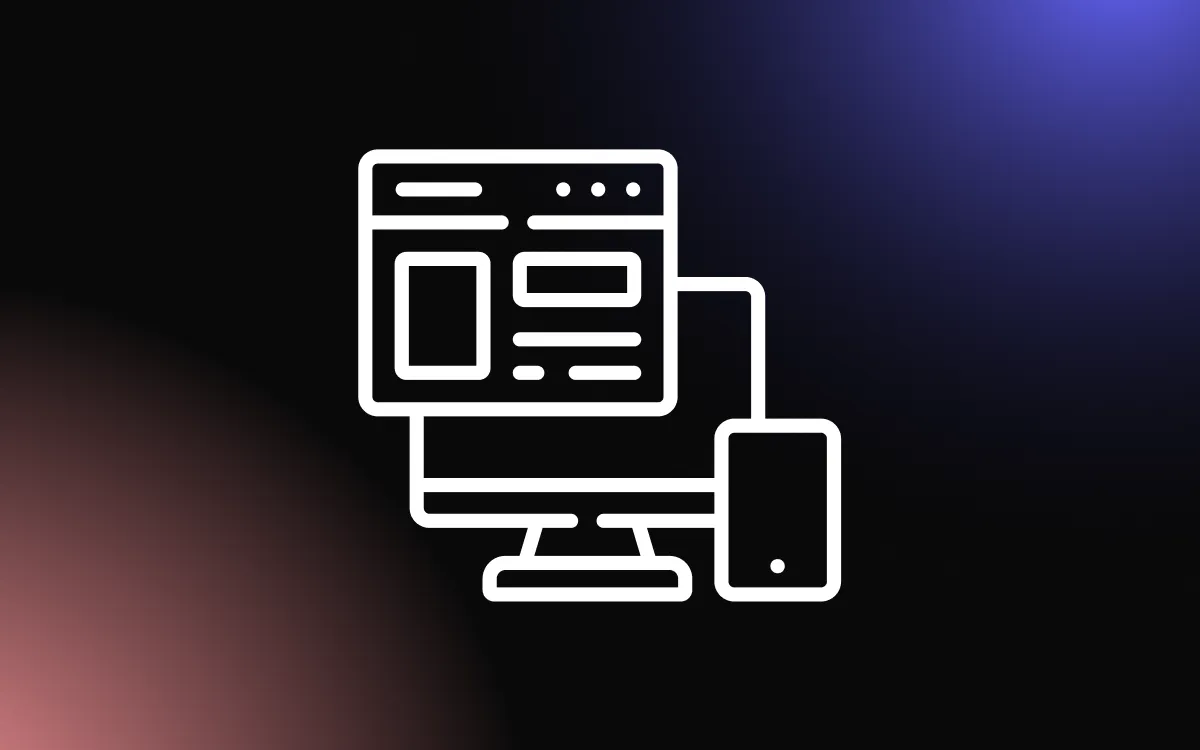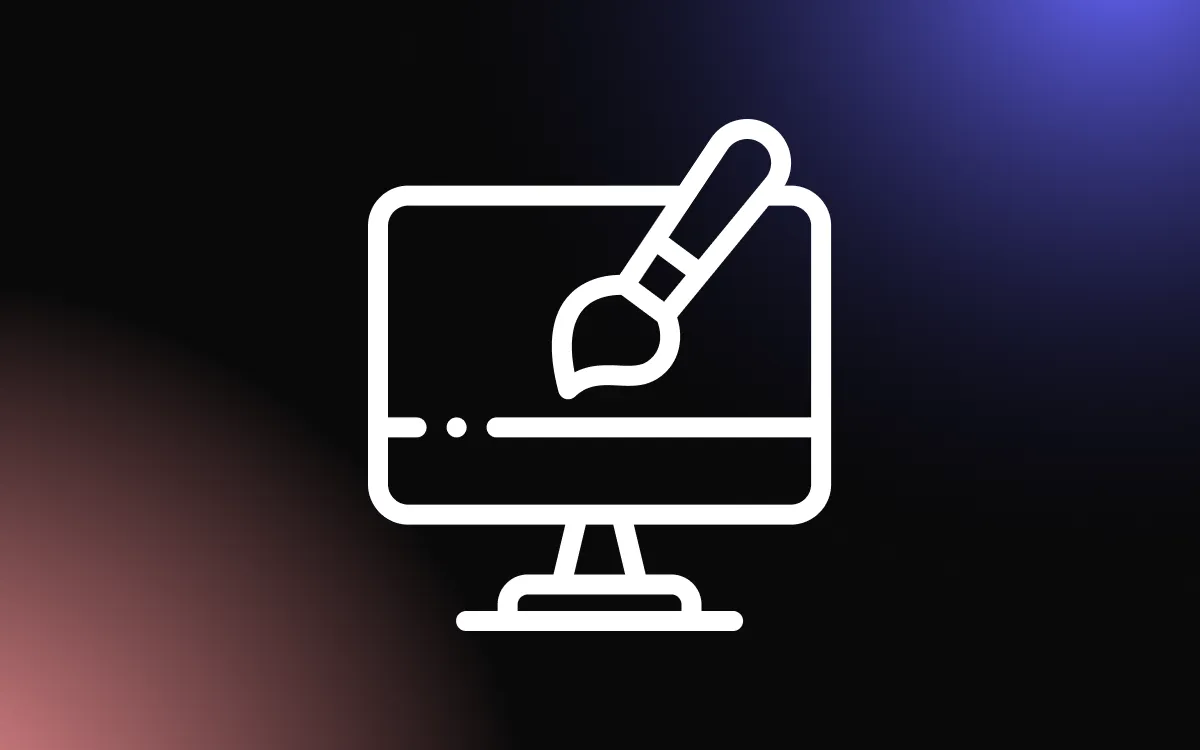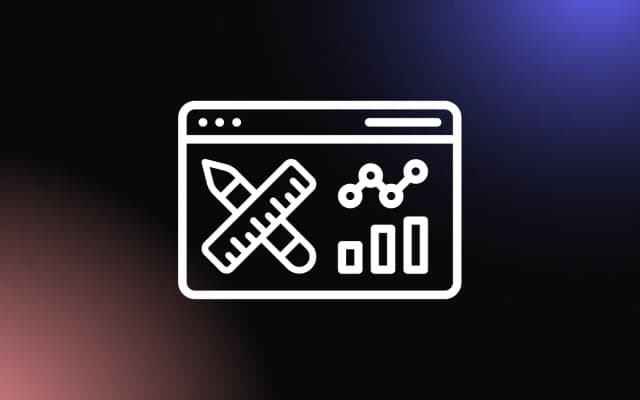
In the realm of web design, the "hero section" holds a place of prominence. This term refers to the primary banner or header section of a website, typically placed on the homepage. It's often the first thing a visitor sees upon landing on your site, making it a critical component in forming a first impression.
The hero section serves as a visual and informational centerpiece, encapsulating your brand's essence, its offerings, and its unique value proposition. It's your chance to grab the visitor's attention, convey your message succinctly, and guide them towards a desired action, whether that's learning more about your products, signing up for a newsletter, or making a purchase.
The purpose of this article is to delve into the role of the hero section in shaping your website's first impression. We'll explore the elements that make a compelling hero section, discuss best practices for designing this crucial website component, and provide examples of effective hero sections. Our goal is to equip you with the knowledge and inspiration to create a hero section that not only captures attention but also encapsulates your brand's identity and value proposition.
Understanding the Hero Section

What is a Hero Section?
Ever wondered what grabs your attention when you land on a website's homepage? That's the "hero section" at work. This term, popular in web design circles, refers to the striking header or banner that sits at the very top of a website. It's the first thing a visitor sees and plays a significant role in shaping their experience on the site.
The hero section is more than just a pretty face. It's a carefully crafted combination of a catchy headline, a concise tagline or description, a call-to-action (CTA), and eye-catching visuals. It's like a digital elevator pitch, quickly communicating the brand's essence, its products or services, and what makes it stand out from the crowd.
But it's not just about making a good first impression. The hero section has a job to do. It's there to grab the visitor's attention, give them the information they need, and guide them towards taking a specific action, all in the blink of an eye. It's a powerful tool in the web designer's toolkit, and when done right, it can make a big difference to a website's success.
The Importance of The Hero Section
The hero section is crucial in shaping a website's first impression. In the digital landscape, first impressions are formed quickly, often within seconds. As the initial point of contact between a brand and its visitors, the hero section has the power to influence this impression significantly.
A well-designed hero section can immediately engage visitors, pique their interest, and encourage them to explore further. It can effectively convey a brand's personality, values, and offerings, helping visitors understand what the brand is about and what it can offer them.
On the other hand, a poorly designed hero section can confuse or overwhelm visitors, leading to a negative first impression and potentially causing visitors to leave the site prematurely. Therefore, investing time and effort into designing an effective hero section is crucial for any website.
Elements of an Effective Hero Section

Compelling Headline
The headline is arguably the most critical component of the hero section. It's often the first piece of text a visitor reads, and it sets the tone for their entire experience. A compelling headline should quickly communicate the core value proposition of your brand, product, or service. It should be clear, concise, and engaging, capturing the visitor's attention and sparking their interest.
Creating a compelling headline involves understanding your audience and what they value. It should resonate with their needs, desires, or problems they're looking to solve. Using action verbs, positive language, and even a bit of intrigue can make your headline more captivating. Remember, the goal is to make a strong impression and encourage the visitor to explore further.
Relevant Imagery
Visual elements play a significant role in the hero section. High-quality, relevant images can enhance the message of your headline and copy, create an emotional connection with the visitor, and make your website more memorable. Whether it's a product photo, a background image, or a video, the imagery should align with your brand and the message you're trying to convey.
Avoid using generic stock photos that don't add value to your message. Instead, opt for unique images that reflect your brand's personality and differentiate you from the competition. Remember, the goal is not just to decorate your website but to reinforce your message and engage your visitors visually.
Clear Call-to-Action
The call-to-action (CTA) in the hero section guides your visitors towards a desired action. It could be anything from signing up for a newsletter, starting a free trial, making a purchase, or learning more about a product or service. A clear and compelling CTA is crucial for converting visitors into leads or customers.
Your CTA should be concise, action-oriented, and prominently placed in the hero section. It should stand out visually and be easy to find and click. The language used should create a sense of urgency or excitement, encouraging visitors to take action.
Concise and Persuasive Copy
The copy in your hero section complements your headline and provides additional information about your brand, product, or service. It should be concise, persuasive, and focused on the benefits to the visitor. Avoid jargon and complex language; instead, use clear and straightforward language that your audience can easily understand.
Your copy should reinforce your value proposition and address any potential objections or concerns the visitor might have. It should also align with the tone and style of your headline and imagery, creating a cohesive and engaging experience for the visitor.
Designing the Hero Section

Layout and Composition
The layout and composition of your hero section play a crucial role in its effectiveness. The goal is to create a visual hierarchy that guides the visitor's eye and emphasizes the most important elements. Typically, the headline, followed by the supporting copy, and then the call-to-action form the primary visual path.
Maintain a clean and uncluttered layout. Too many elements can overwhelm the visitor and dilute your message. Use white space effectively to separate different elements and improve readability. Also, consider the 'F' pattern or 'Z' pattern that most people follow when scanning a webpage, and arrange your elements accordingly.
Color and Typography
Color and typography are powerful tools in the design of your hero section. They can evoke emotions, create a mood, and reinforce your brand identity.
Choose a color scheme that aligns with your brand colors and enhances the readability of your text. Contrasting colors can make your headline and CTA stand out. However, avoid overly bright or clashing colors that can strain the eyes.
Typography, too, should align with your brand personality. Choose a font that's easy to read and works well at different sizes. Your headline can have a larger and bolder font to grab attention, while the supporting copy and CTA can be smaller but still legible.
Responsiveness and Accessibility
In today's multi-device world, it's essential to design a hero section that's responsive, meaning it looks and functions well on all devices, from desktops to tablets to mobile phones. A responsive design ensures that all visitors, regardless of their device, have a positive experience.
Accessibility is another crucial aspect. Your hero section should be accessible to all users, including those with disabilities. This could involve using alt text for images, ensuring sufficient color contrast for readability, and making all elements navigable via keyboard for those who can't use a mouse.
Common Mistakes to Avoid in Hero Section Design
Overloading with Information
One common mistake in hero section design is overloading it with too much information. While it's essential to communicate your value proposition, trying to say too much can confuse or overwhelm visitors. The hero section should provide a concise, clear message that captures the essence of your brand and offerings.
Overly complex language, too many different points, or excessive technical jargon can detract from this goal. Remember, less is often more when it comes to effective communication in your hero section.
Using Generic Images
Another pitfall to avoid is the use of generic or irrelevant images. Images in your hero section should be carefully selected to reinforce your message, evoke the desired emotions, and reflect your brand's personality.
Generic stock photos can make your website feel impersonal and fail to differentiate your brand from others. Instead, opt for unique, high-quality images that align with your brand and resonate with your target audience.
Lack of Clear Call-to-Action
A clear call-to-action (CTA) is a crucial element of an effective hero section. Without it, visitors may be unsure of what to do next, leading to lower engagement and conversion rates.
Your CTA should be visually prominent and use action-oriented language that encourages visitors to take the next step. Whether it's "Shop Now," "Learn More," or "Sign Up," your CTA should guide visitors towards a desired action that aligns with your business goals.
Examples of Effective Hero Sections
In the digital landscape, the hero section of a website often serves as the first point of contact between a brand and its potential customers. It's the digital equivalent of a firm handshake and a warm greeting, setting the tone for the rest of the user's experience on the site. Let's explore some examples of effective hero sections and discuss why they work.
Airbnb

Airbnb's hero section is a masterclass in simplicity and user-centric design. The background features high-quality, enticing images of various destinations, immediately sparking the visitor's wanderlust. The search bar is prominently placed in the center, encouraging users to start their journey right away. The copy is minimal, yet impactful, reinforcing the brand's mission of helping people feel at home anywhere in the world.
Slack

Slack's hero section effectively communicates the brand's value proposition. The headline is clear and compelling, explaining exactly what Slack offers — a productivity platform. The call-to-action is direct and inviting, urging visitors to try Slack for free. The hero section also showcases a rotating carousel of testimonials from reputable companies, providing powerful social proof.
Netflix

Netflix's hero section is all about getting you to start watching. The background features artwork from their latest and most popular shows, creating an immediate visual impact. The copy is concise and persuasive, emphasizing the platform's vast library and the convenience it offers.
The call-to-action is straightforward, inviting visitors to sign up and start watching.
These examples illustrate how an effective hero section can quickly communicate a brand's value proposition, engage visitors, and guide them towards a desired action. They show that a well-designed hero section can be a powerful tool in creating a positive first impression and setting the stage for a satisfying user experience.
Conclusion
The hero section is your website's opening act, setting the tone for the user's journey. It's a blend of a catchy headline, relevant visuals, a clear call-to-action, and persuasive text. It's not just a design feature, but a tool for narrating your brand's story and guiding visitors.
We've analyzed successful hero sections from brands like Airbnb, Slack, and Netflix, providing insights into how they articulate their unique selling points and guide users towards a specific action.
As we conclude, evaluate your website's hero section. Does it communicate your brand's unique selling point and engage your visitors effectively? If not, consider the tips shared here. In the digital world, first impressions are crucial. Make yours count.



